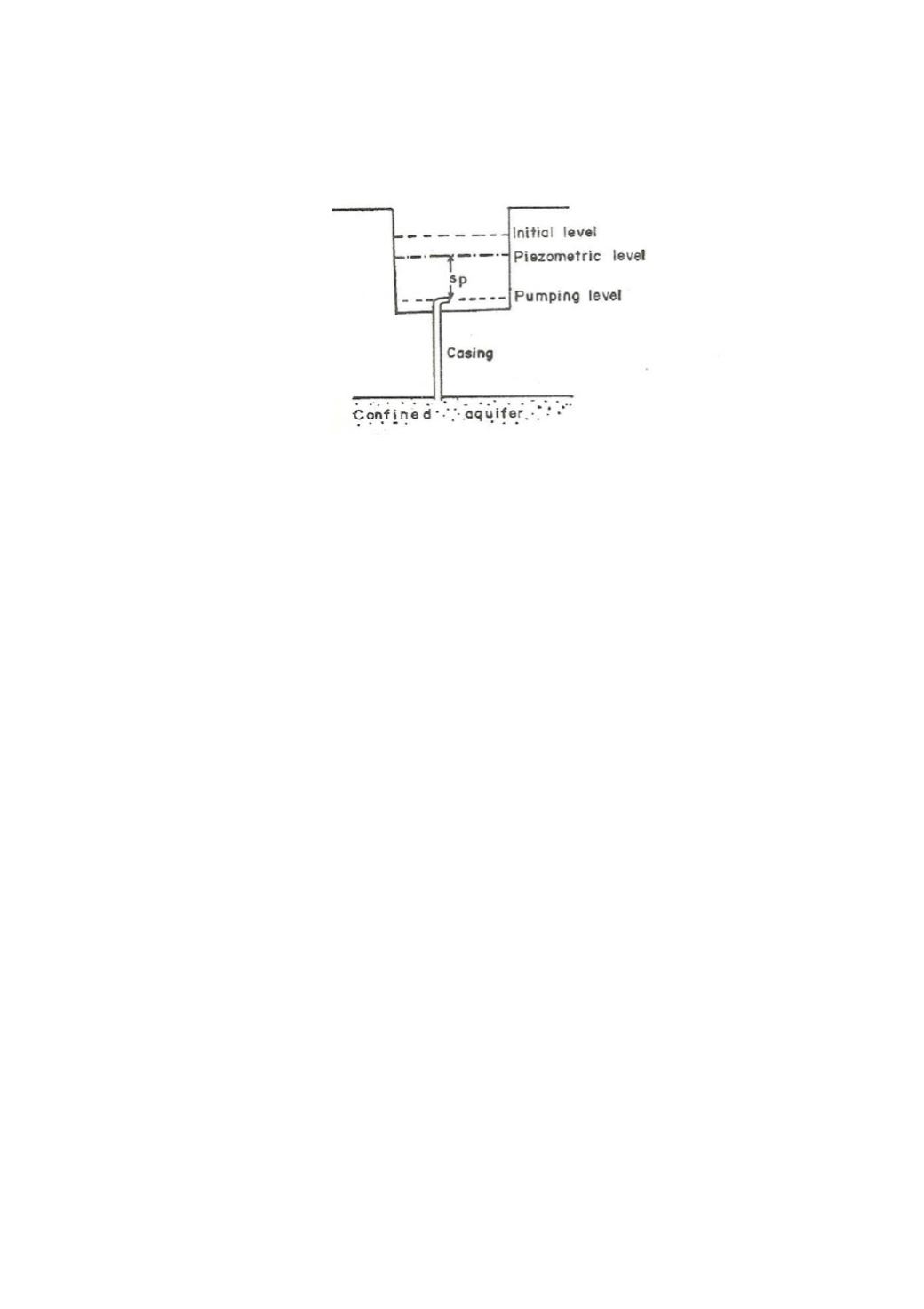
88
Dug-cum-bored well
c)
Borewells :
Borewells
In hard rock area, conventional tubewells are not feasible. In 1980s, exploratory
works were conducted in the shield areas of South India, particularly in
Coimbatore, where water was detected at depth. Borewells were installed in
such areas and with the use of small submersible pumps, significant discharge
was obtained. In dugwells, continuous pumping is not possible, as the wells go
dry after pumping for, say 1 hour. In case of borewells, continuous pumping is
possible.
Borewells are 150 mm to 200 mm diameter bores, which have casing at the top
(to prevent collapse of the hole in the weathered zone), but naked at the bottom.
No filter or strainer is used at the bottom. Water is lifted by means of
submersible pump. 2000 gph to 10000 gph water is available from such
borewells. With the success of borewells as irrigation wells, irrigating about
2 ha area, a large number of borewells were sunk during the last two decades
in Andhra Pradesh, Karnataka, Tamil Nadu. Orissa has also taken a decision to
go for such wells on a moderate scale.
Experience of sinking large number of borewells in hard rock areas is not very
encouraging. It is observed that in the borewell well field, water levels in the
dugewells are continuously going down. Moreover, many borewells have
already stopped functioning after being operated for few (2 to 5) years.


